mabl is a low-code, intelligent test automation solution. We help Agile teams test end-to-end user journeys while increasing test coverage and accelerating product velocity.
What Is mabl?
Mabl was founded in 2017 after our co-founders Dan Belcher and Izzy Azeri repeatedly heard from development teams that DevOps was impacting how teams test software. As velocity increased, QA was left with too little time to test at the end of sprints. Teams were faced with two options: slow down release cycles or ship poor-quality software to their users.
So Dan, Izzy, and the mabl team created a solution built for Agile teams to create, execute, and maintain automated end-to-end tests that integrate directly into automated pipelines.
- Anyone from manual testers, automation engineers, and business stakeholders can create and execute tests using mabl’s low-code interface. And, if you need to test more complex scenarios, it’s easy to insert JavaScript into your tests in the mabl Trainer.
- When tests are executed in the cloud, mabl collects a number of data points to help teams quickly troubleshoot and resolve bugs before they reach production.
- Since software changes frequently, native auto-heal capabilities help evolve tests alongside your changing UIs to reduce the maintenance burden.
As mabl has grown, we’ve added features that help teams further expand test coverage. This work has been recognized by industry analysts and publications, such as:
- Strong Performer in The Forrester WaveTM: Continuous Functional Test Automation Suites, Q2 2020
- Named one of SDTime’s 100 Companies to Watch in 2022
- Finalist of the 2021 North American Software Testing Awards
- Finalist in the 2021 Business Intelligence Excellence in Customer Service Awards.
Quality engineering teams around the world leverage mabl to make testing a seamless, integrated part of the software development lifecycle, makes it easy for anyone to learn automated software testing, and produces valuable data for continuous quality improvement.
Who is mabl for?
At mabl, we understand that not every organization is at the same level of automated testing maturity in DevOps. That’s why we’re committed to ensuring that all agile teams, from start-ups to enterprise organizations, can run effective tests at every stage.
Collaboration is a key pillar of DevOps. To help entire quality engineering teams get the most out of their mabl investment, mabl is built for several users on your QE team.
- Developers might execute tests locally using the mabl CLI. This allows for fast feedback earlier in development to ensure tests pass before merging to the main branch.
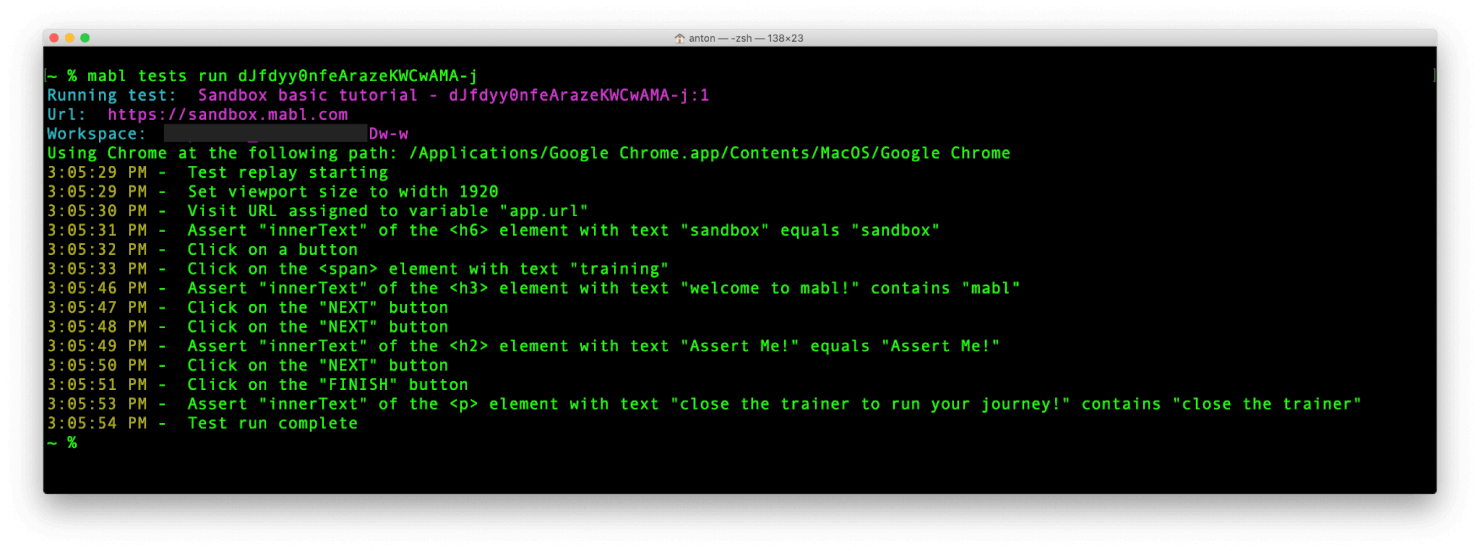
- Automation engineers and manual testers alike can contribute to automated testing using low-code features in the mabl Trainer.
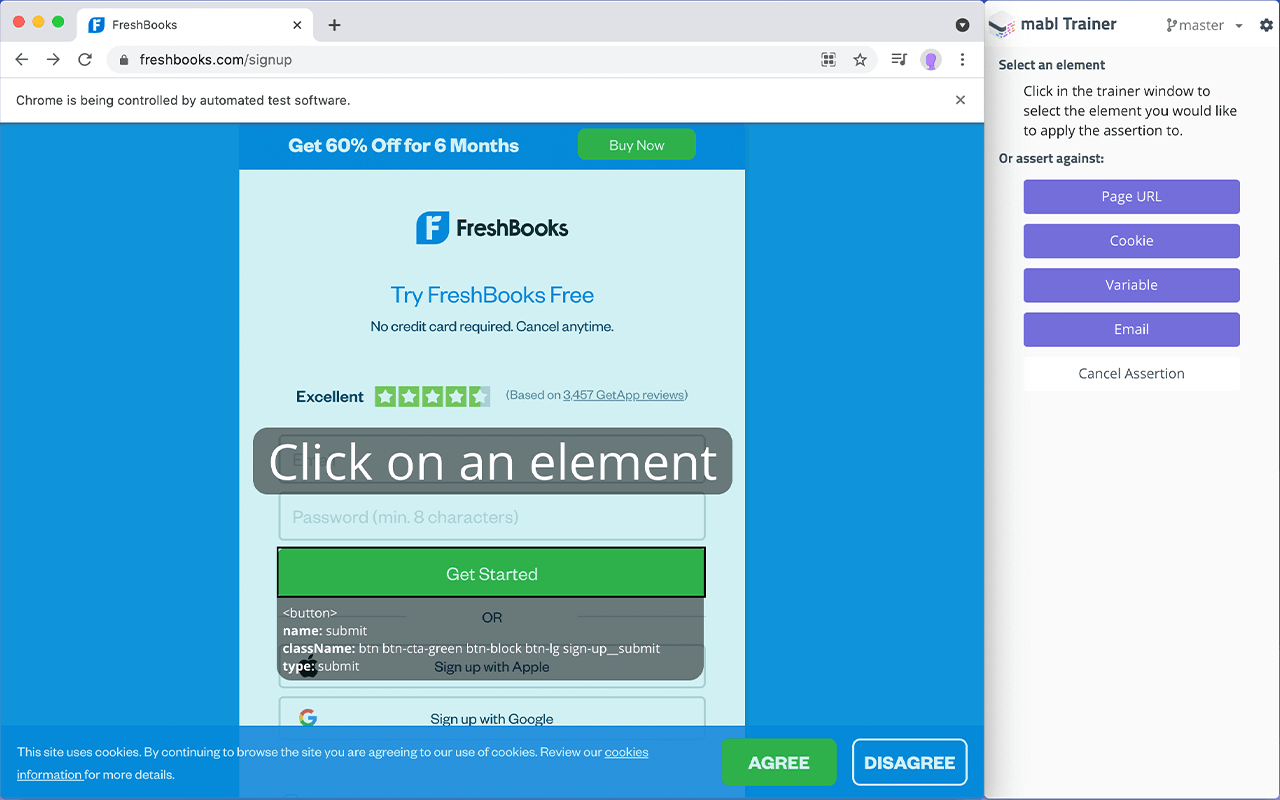
- Managers can quickly view key quality metrics such as page coverage, visual changes, and pass rate to make data-driven decisions on their quality strategy.
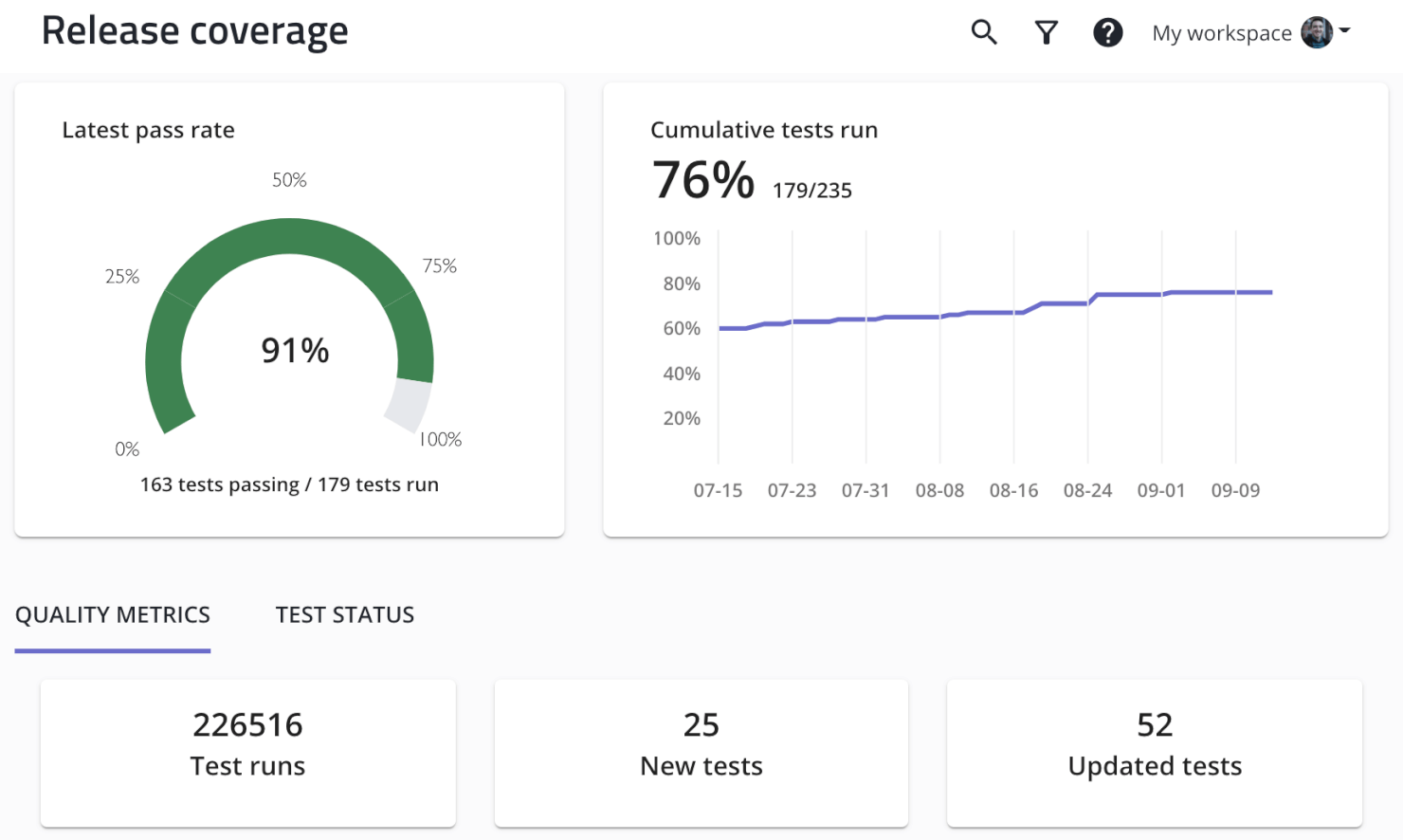
Over 200 customers from around the world currently use mabl, including 10 out of Fortune 500 and 25 of the Fortune Global 2000 companies. Currently, our largest user is running hundreds of tests per month and executing tens of thousands of test runs. Whether your application is customer-facing or is a business-critical internal application, we support customers across financial services, software and technology, e-commerce, travel and hospitality, and more with their quality objectives. Our customers include brands such as Barracuda, Charles Schwab, Chewy, DataRobot, Dollar Shave Club, jetBlue, NCR, and Stack Overflow.
What challenges does mabl help solve?
Reduce time spent on test creation and maintenance
Teams can spend weeks to months building out a full suite of test scripts, only to have to continuously update as their UI evolves. For mabl users, test creation is completed in the mabl Trainer which allows you to create tests from the end-users perspective. Need to test a similar user journey over and over again? You can save a set of test steps in a ‘flow’ which allows you to re-use those steps across your workspace.
When it comes to test maintenance, users can expect to spend significantly less time on maintaining current tests. Auto-healing from mabl captures over 30 unique element attributes during every test run. As this test executes over time, mabl will help evolve tests over time for UI changes such as an element moving or changing color. Users can combine human and machine intelligence by telling mabl why they chose to pass or fail a test.
Test True End-to-End User Journeys
Software is becoming increasingly sophisticated, with complex UI and API layers, external databases, and third-party interfaces. Equally, creating excellent customer experiences is critical to every business’s success. With a unified solution for testing, teams can integrate different types of tests such as UI, API, PDF, and email, it’s simple to build one test in mabl for the entire user experience. After your regression suite executes a few times, all of your quality insights will be available in one place as well.
Resolve Bugs Faster with Granular Insight
Open-source and legacy automation technologies make it difficult for stakeholders throughout the SDLC to locate data and insights. This causes unnecessary delays in detecting defects and leads to frictions in team collaboration. Every time a cloud test executes in mabl, quality engineering teams have access to granular insights such as DOM snapshots, network activity, and performance logs. in real-time. Test failed? Quality engineers can send that data directly to an issue in Jira to resolve bugs faster.
Contribute to Product Velocity with Quality
Testing remains a challenge for teams embarking on their DevOps journey, stifling product velocity; there simply isn’t enough time to test at the end of each sprint. Mabl users have integrated the solution with tools such as GitHub and CircleCI to automatically trigger tests to run with each pull request and before code can be merged to main. By testing earlier in development, fewer bugs reach production and contribute to product velocity.
What features has mabl recently released?
When mabl was founded, we had a clear vision: make it simpler for teams to increase test coverage and optimize application quality. As we’ve grown and expanded our capabilities, we've stayed true to our core, regularly adding features such as cross-browser testing and API testing to help teams deliver high-quality user experiences. We also believe collaboration on quality is critical to success, and recent, critical enhancements to mabl can strengthen collaboration and provide additional insights to mitigate bugs.
Quality engineering with Microsoft Teams
As the primary collaboration tool for thousands of businesses around the world, Microsoft Teams is a new, yet critical integration for mabl users. The integration works in existing workflows, alerting the right teammates of test failures, insights, and more. Users can even re-run failed tests and plans directly from Teams.
Enhanced insights with release coverage
In traditional high-code tools, accessing test execution data is complicated. Release coverage from mabl provides a snapshot into core quality metrics required for a successful release. This includes total tests ran, passing rate, and the number of tests updated. You can choose to view a certain version of the release or a specific timeframe. It’s even possible to filter test results by release and environment so you can focus on areas of your application that need additional coverage. In doing so, you can observe which tests have been run, if they have passed, and how many more are passing or failing in real-time.
One code, many tests
Returning to our core values of simple, low-code software test automation, we’ve released a much-requested feature: Parameterized JavaScript snippets. The idea was to separate the intent (a JavaScript snippet could be used to format something into a specific URL you’re going to visit) from the implementation (performing specific actions such as generating a variable, creating a different value, calling back, etc). For non-coders or folks who are unfamiliar with JavaScript, this feature will unlock easier and smoother test usability in your existing quality strategy.
What are mabl’s key features?
To give you an idea of how mabl works, I'll highlight the features that our customers use (and love) the most, as well as how they can help you and your team.
1. Low-code test authoring enables everyone to contribute to quality
Mabl is a low-code software testing solution that eliminates the need for testers to write code or scripts. You can quickly and easily create, run, and manage automated browser, API, and mobile web tests with mabl's intuitive GUI interface.
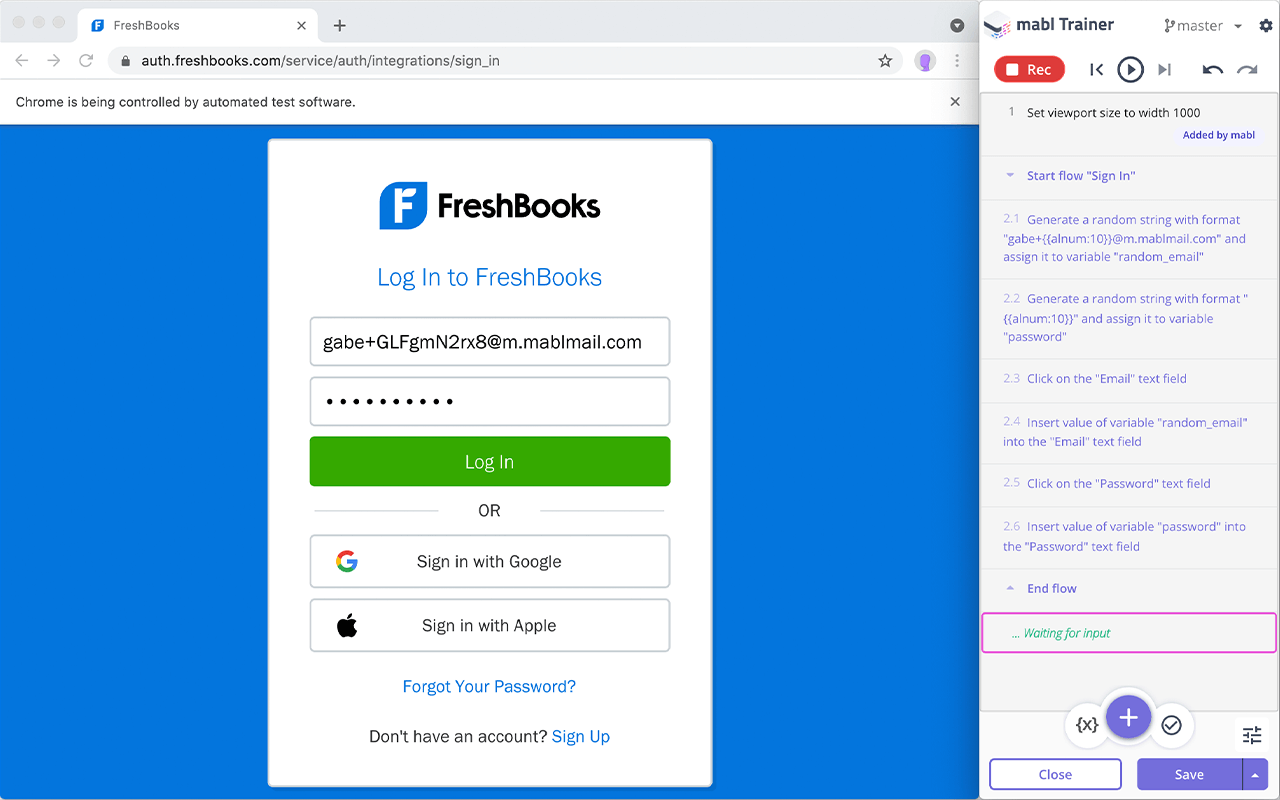
2. Auto-healing reduces time spent on test maintenance
At mabl, we value intuitive intelligence. Under the leadership of our colleagues who are machine learning industry experts, we’ve created a native function that helps evolve your tests with your application. A native feature of mabl, auto-heal learns about your application with every test execution, capturing 35+ unique data points. As your UI evolves, tests will evolve with them to help you drastically reduce the amount of time spent on maintenance. Thanks to AI-powered test automation, manual fixes and failed tests no longer delay deadlines, resulting in lower maintenance costs and increased reliability.

3. Test real-world scenarios with data-driven tests
Under pressure to deploy faster, many teams forget that data-driven testing is one of the most powerful yet underutilized tools in any tester’s toolbox. Called by several names, parameterized testing or table-driven testing, at mabl, data-driven testing is the process of loading external data to your functional tests to strengthen and extend your automated test cases. It takes only three simple steps to improve automated test cases: replace hard-coded values with variables, connect your test to a datatable, and leave the rest to mabl. This enables teams to test even closer to the user experience.
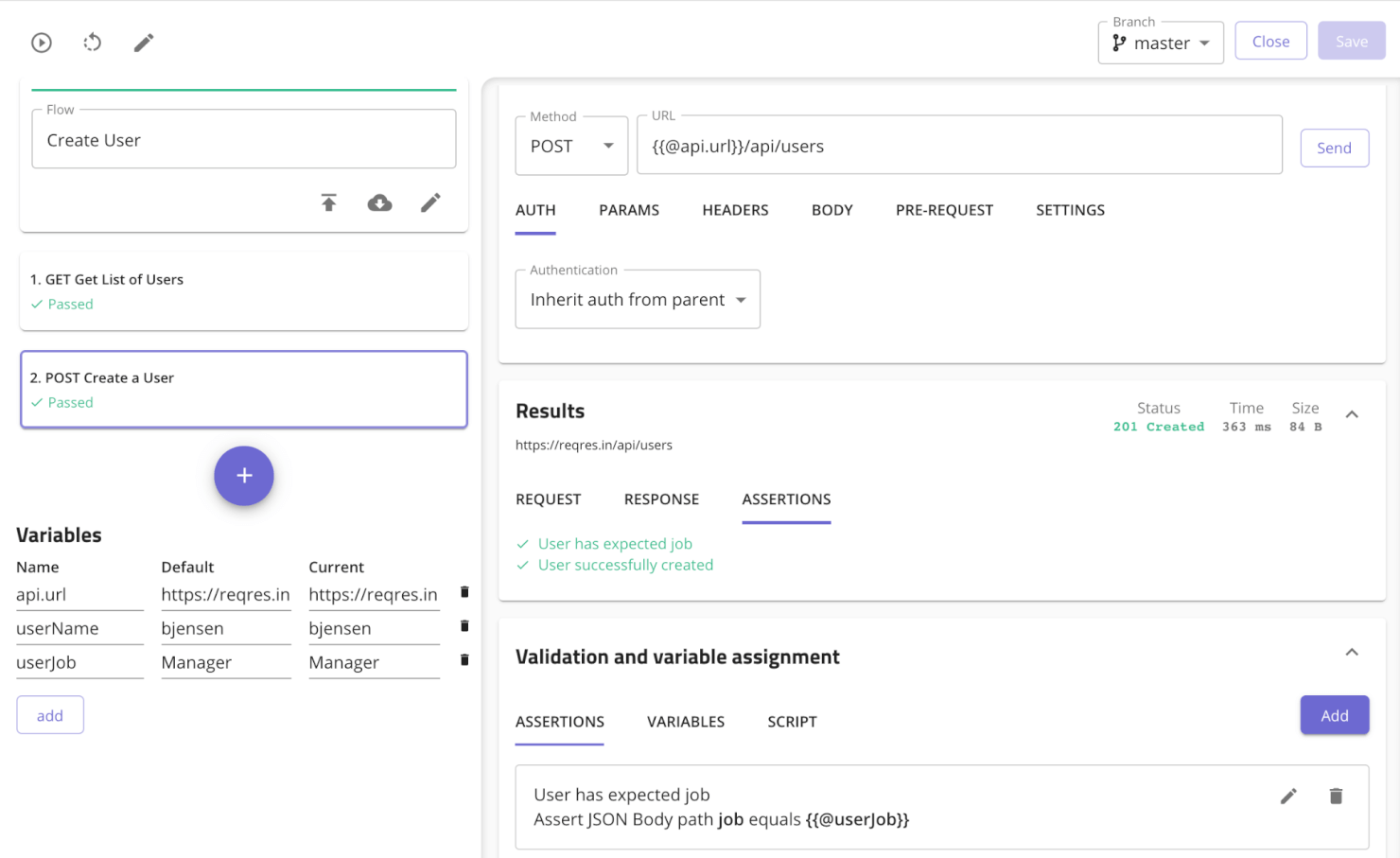
4. Extend end-to-end test coverage with API testing
Because of its ability to handle short release cycles and frequent changes without breaking tests, API testing has become critical to quality engineering. In today's Agile and DevOps teams, API testing takes precedence over all other types of testing, empowering teams with a single solution to create and run end-to-end tests, with no programming experience required. API tests from mabl assist help software teams achieve faster development, increased end-to-end test coverage, and higher quality software.
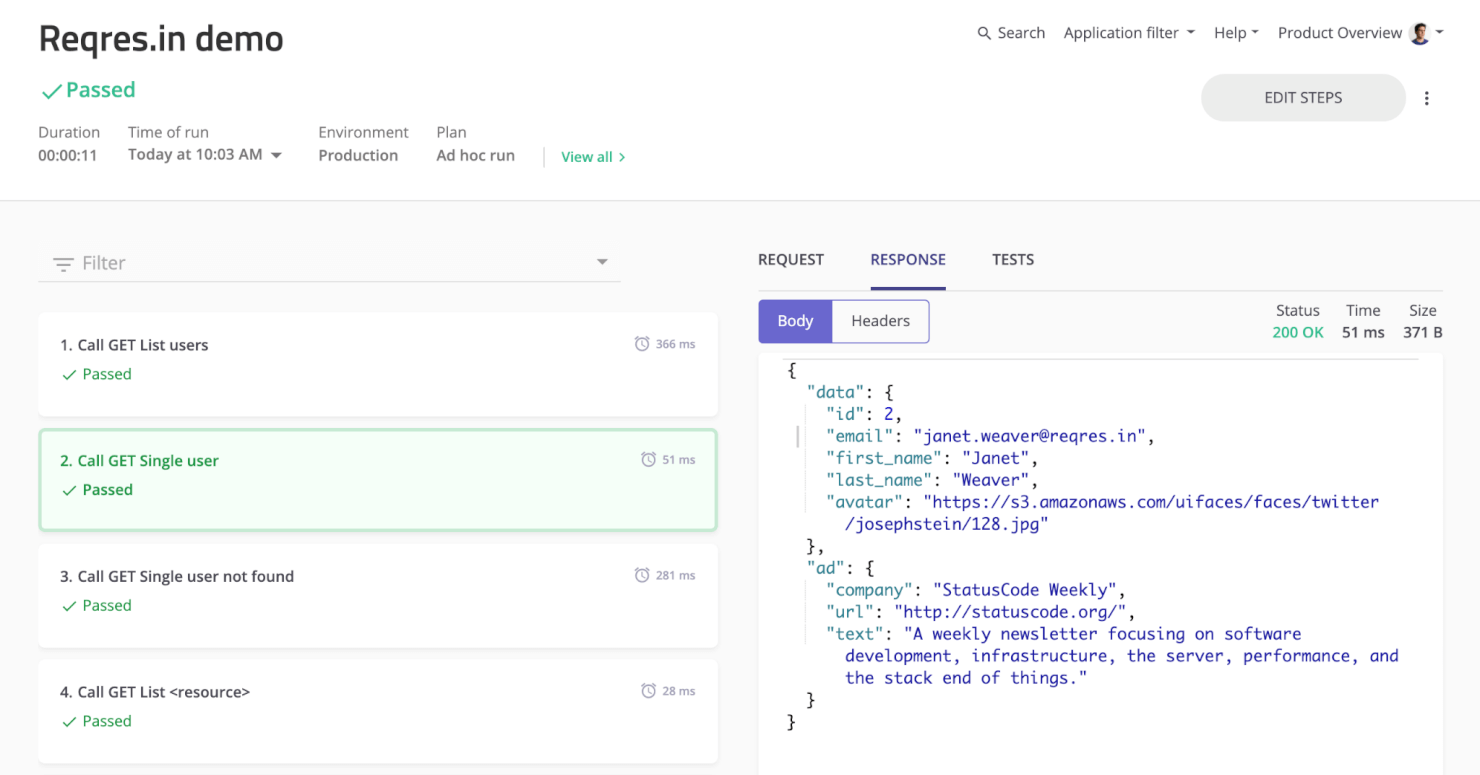
5. Make data-driven decisions with customized test data and insights
Test data is critical to building and optimizing your quality strategy. Within mabl, insights are accessible and adaptable to your testing strategy. With just a few clicks or a simple hover over a chart, your team can access customized insights in real-time. For deeper analysis, users integrate mabl with BigQuery to dive deeper into quality insights.
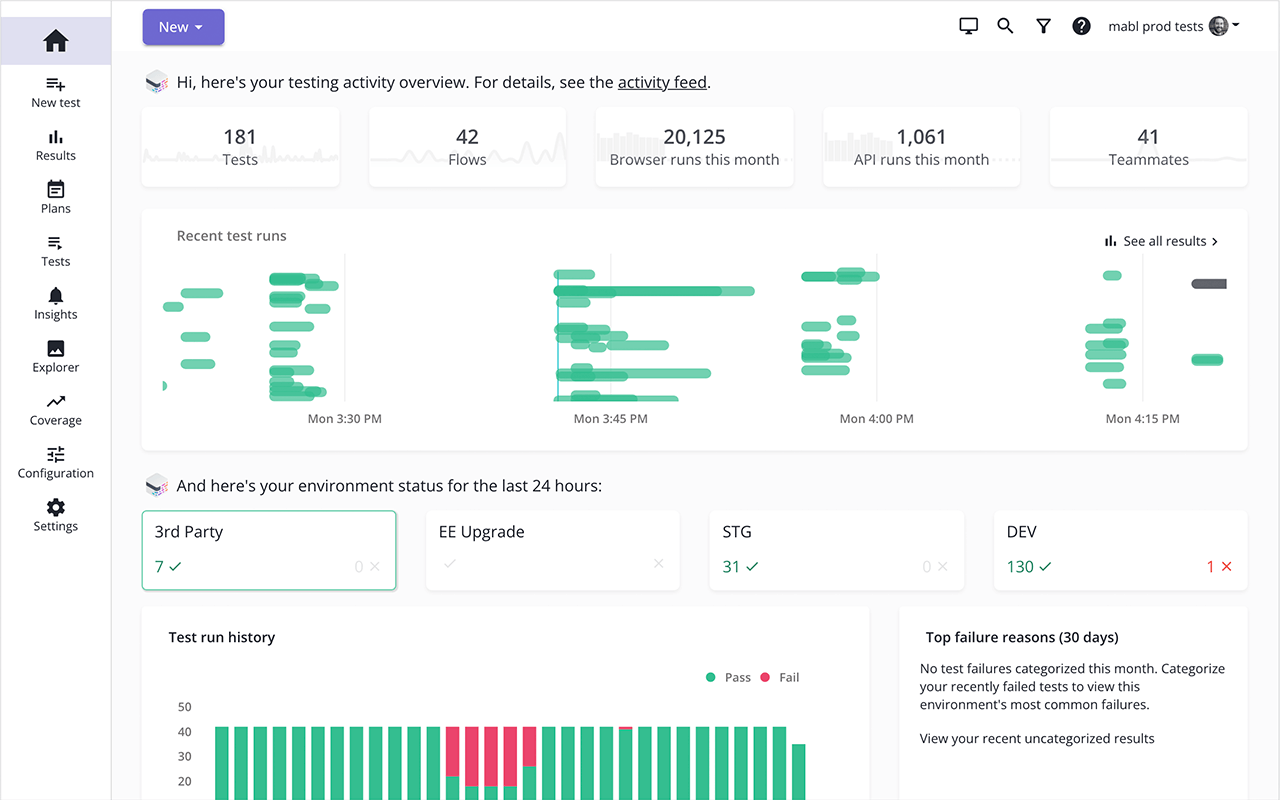
How does mabl compare with open-source solutions?
Open source test automation has not been able to keep pace with the diverse needs of today’s high-velocity, agile software development teams. Legacy solutions necessitate seasoned testers possessing impeccable code knowledge to create, maintain, and run tests. In this extremely niche and competitive hiring market, finding the right talent is difficult, to say the least. SaaS-based Cloud solutions such as mabl eliminate the need for ad hoc testing infrastructure hosted on an external server to maintain tests. As the industry’s leading low-code test automation alternative, mabl can help your team significantly improve test reliability and reduce test maintenance by as much as 80%.
What are some of mabl’s integrations?
DevOps is all about team collaboration and taking down silos - native integration options from mabl help further that mission. There are several out-of-the-box integrations available to mabl users that help teams integrate testing further into development, quickly track and resolve bugs, communicate test results with team members, and respond to usage trends in your application. Rich integrations with popular collaboration tools like Microsoft Teams, Jira, and Slack help you streamline your software strategy and give your team more opportunities to collaborate and innovate.
A sampling of solutions we integrate with include:
- CI/CD solutions such as Azure DevOps, CircleCI, Octopus Deploy, Jenkins
Integrate automated tests into your application build process, and make sure that your pipeline tasks will move forward only if tests have successfully passed. Teams find that CI/CD integrations help them shift testing further left and reduce the number of bugs that reach production. - Source control solutions such as GitHub, GitLab, and Bitbucket
These integrations allow teams to run test checks as a part of their commits and pull requests. You can require that a test passes before a PR can be approved, and even review the results in GitHub or GitLab. Similar to CI/CD integrations, teams can increase velocity when they find bugs earlier in development. - Issue tracking solutions such as Jira
On a failed test, users can create a Jira issue directly from mabl. The ticket will automatically pull in test execution data such as the DOM snapshot or performance issues along with a screenshot of your application at the point of failure. Teams see a significant reduction in back-and-forth with developers and reduce the time it takes to resolve bugs. - Customer usage data from solutions like Segment
How do you respond quickly to changes in user behavior? By connecting mabl to Segment, you can quickly identify high-trafficked pages in your application with no tests built against them. Teams find this helps them scale test coverage quickly by prioritizing what user journeys of the application to build tests for next. - Communication tools such as Microsoft Teams and Slack. These integrations allow you to configure automated notifications if a test has failed, alert team members if action is required, and act on those insights all within Teams or Slack. Setting up this integration provides more visibility on quality efforts across the team, and directs the team’s attention to the areas of quality that need attention quickly.
These integrations are native. For integrations not listed here, mabl can connect to your solution of choice via webhooks.
How is mabl priced?
Mabl pricing is team-based. Therefore, teams are not limited in the number of users who can access the platform. Instead, our pricing model is built to scale with your business. Startups that need to demonstrate the quality of their application can get started quickly with cloud runs on Chrome and Firefox, and testing can be integrated into the development pipeline. The Growth plan enables organizations to test against more browsers and devices, including IE and Safari, as well as mobile web testing. Lastly, the Enterprise plan allows teams to build and execute full end-to-end tests. On the mabl website, you can view full package details and request a personalized quote. Every paid plan comes with a free trial so you can try before you buy.
